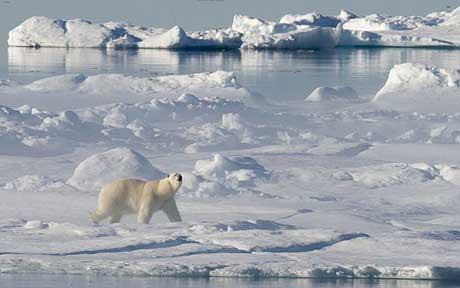
HadCRUT, one of the main global temperate records, which dates back to 1850, has been updated by climatologists with amendments on world temperature data.
One of the main changes is the inclusion of more data from the Arctic region, which has experienced one of the greatest levels of warming.
The amendments do not change the long-term trend, but the data now lists 2010, rather than 1998, as the warmest year on record.
The update is reported in the published in the Journal of Geophysical Research.
HadCRUT is compiled by the UK Met Office’s Hadley Centre and the Climatic Research Unit (CRU) at the University of East Anglia, and is one of three global records used extensively by climatologists.
The other two are produced by US-based researchers at NASA and the National Oceanic and Atmospheric Administration (NOAA).
CRU’s director, Phil Jones, explained why it was necessary to revise the UK record.
“HadCRUT is underpinned by observations and we’ve previously been clear it may not be fully capturing changes in the Arctic because we have had so little data from the area,” he said.
“For the latest version, we have included observations from more than 400 (observation) stations across the Arctic, Russia and Canada.”
Prof. Phil Jones added: “This has led to better representation of what’s going on in the large geographical region.”

Despite the revisions, the overall warming signal has not changed. The scientists say it has remained at about 0.75C (1.4F) since 1900.
Another change adopted in the HadCRUT dataset is the way sea surface temperature (SST) is recorded, allowing scientists to revisit and recalibrate past calculations.
With advances in technology in recent years, ships now have electronic sensors that can accurately record SST.
This development has highlighted a systematic anomaly in traditional methods of collating the data in the past.
This included differences in the buckets used to collect sea water for measurement, and the locations where those measurements were recorded.
Improvements in the way SST is collected has now allowed scientists to recalculate data, making amendments to the data collected in previous years.
“An example of this is the rapid change in the kinds of measurements we see in the digital archives around the Second World War,” explained Peter Stott, head of climate monitoring and attribution at the Met Office.
“Research has shown readings from buckets were generally cooler so when the database changes from one source to another, you see artificial jumps in the temperature.
“We have quantified these effects and corrected them, providing a clearer view of the evolution of global temperatures.”